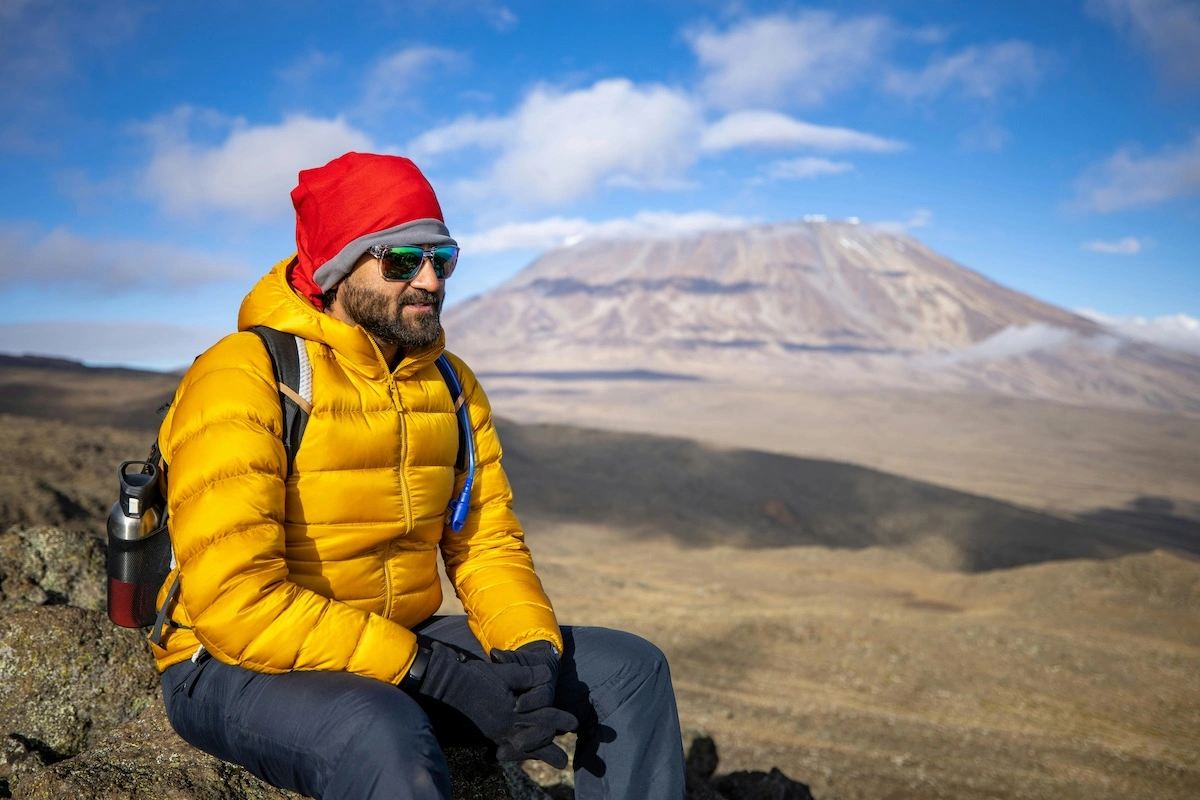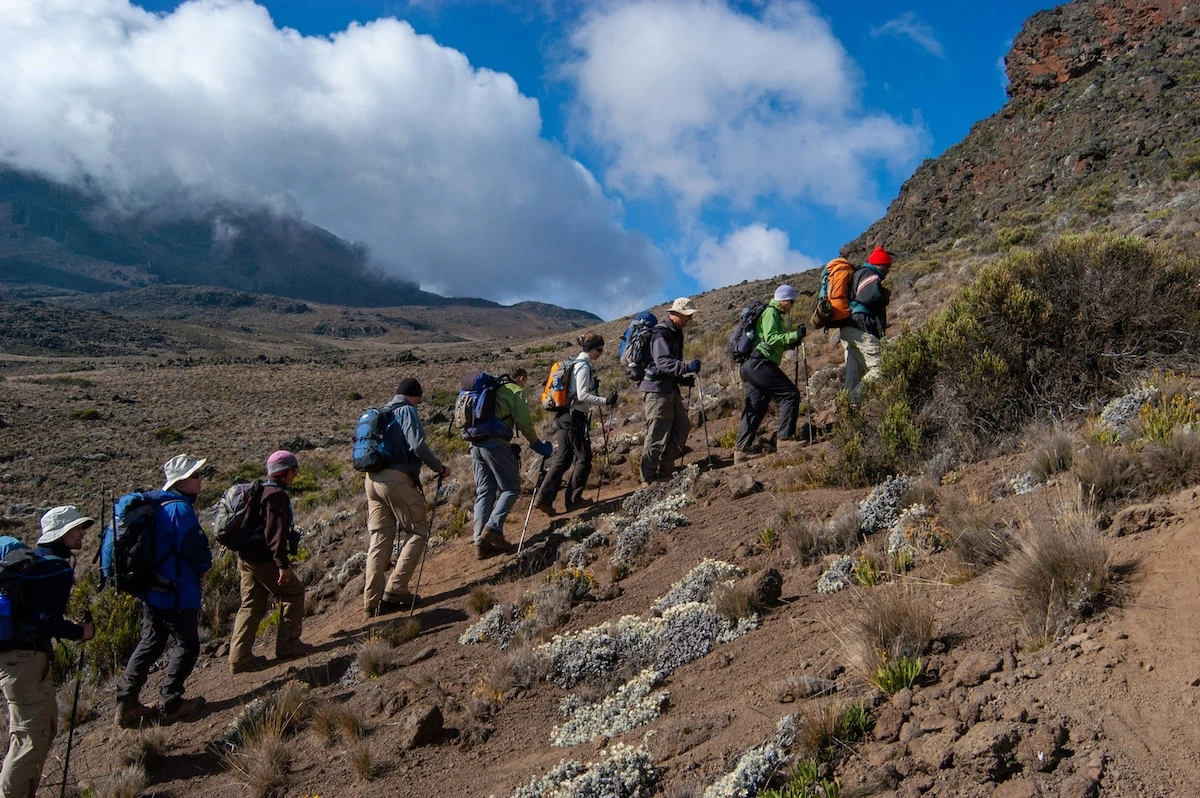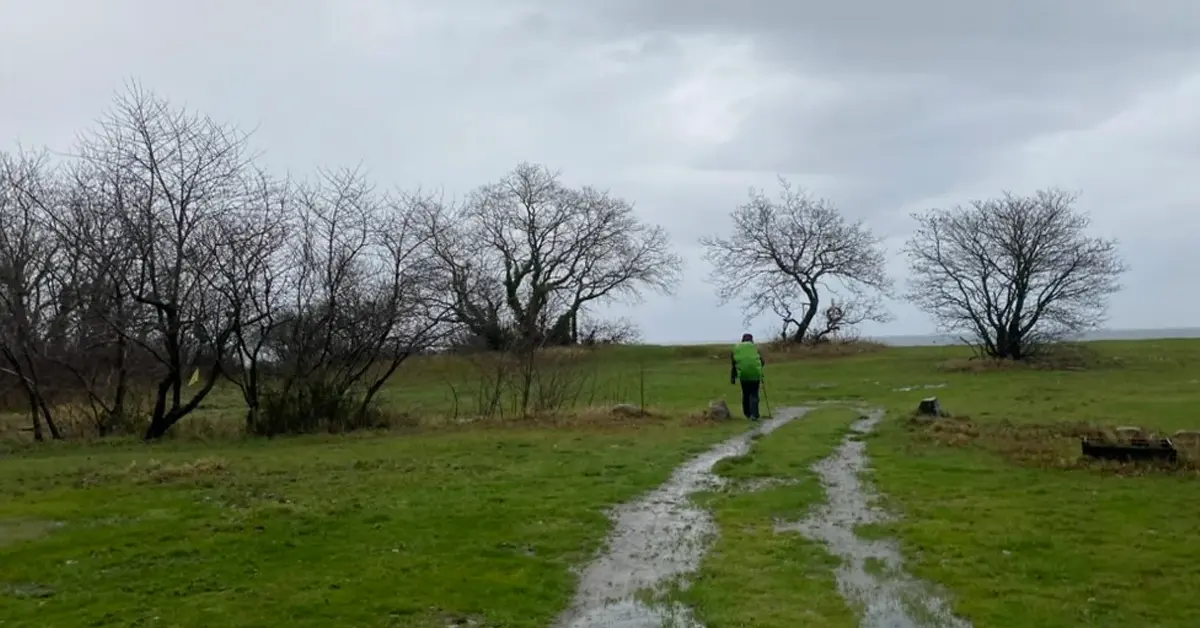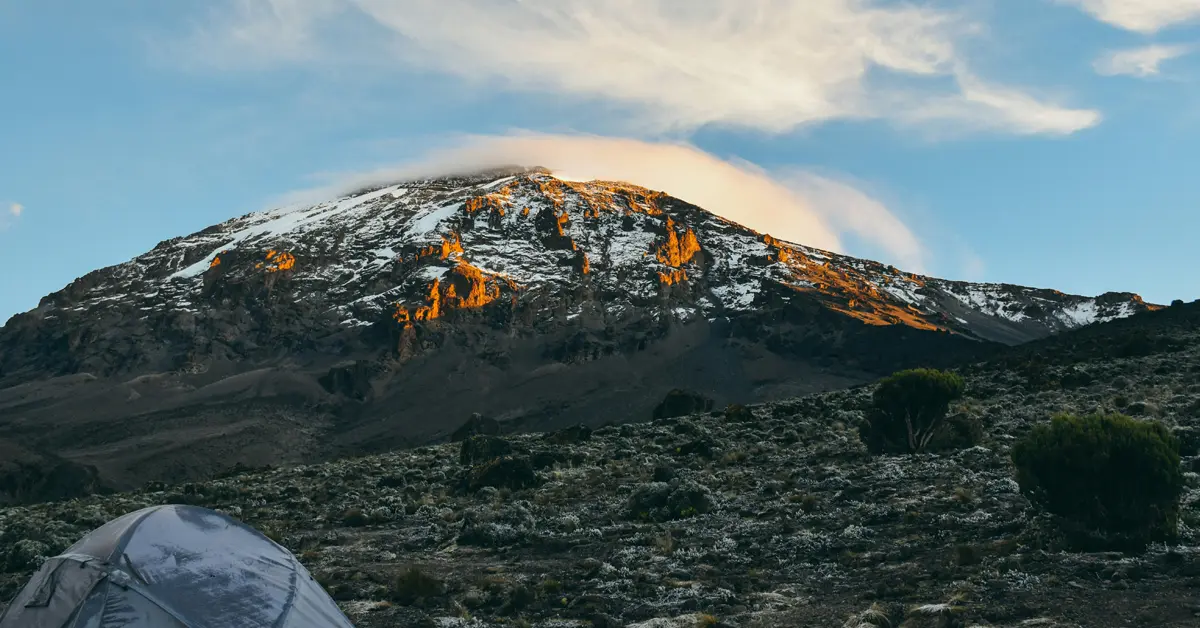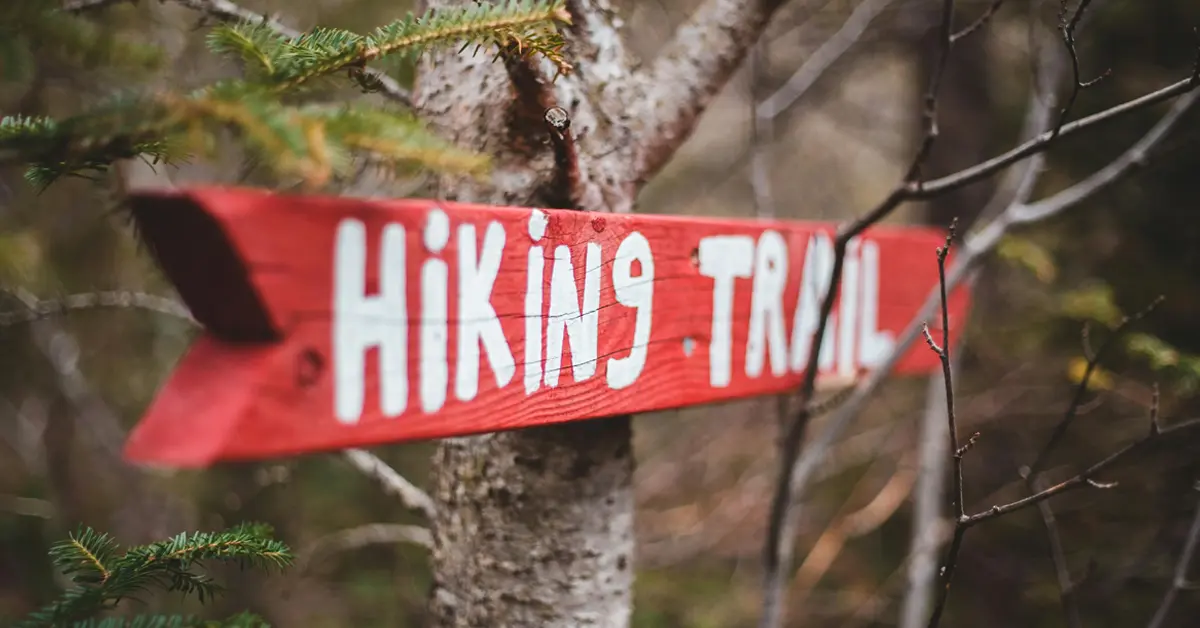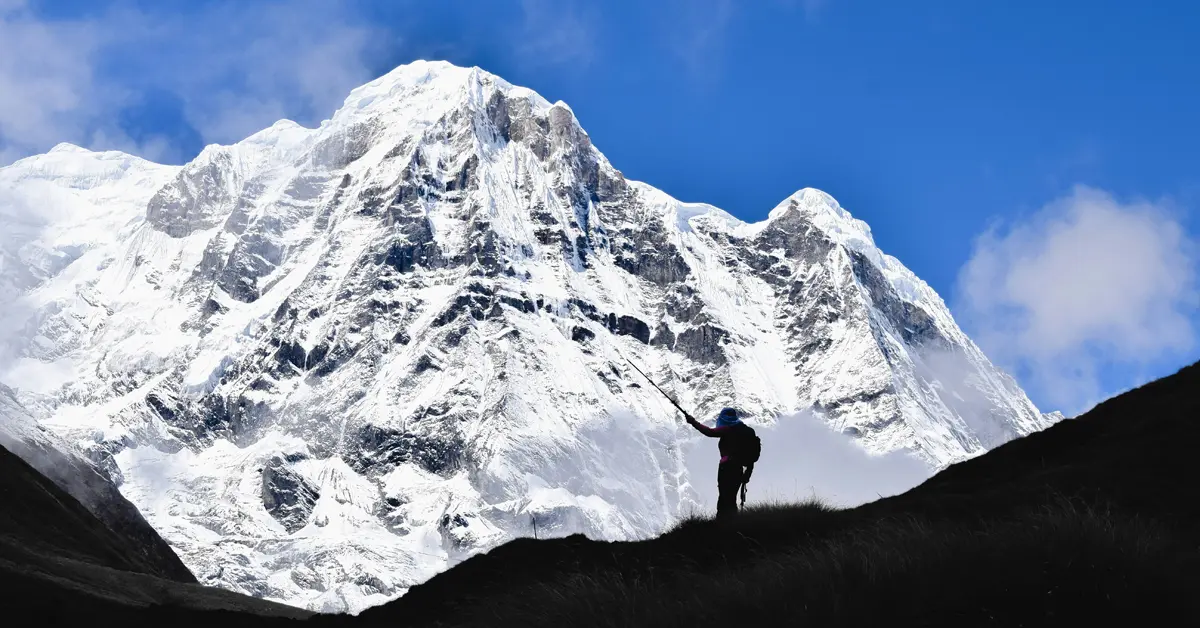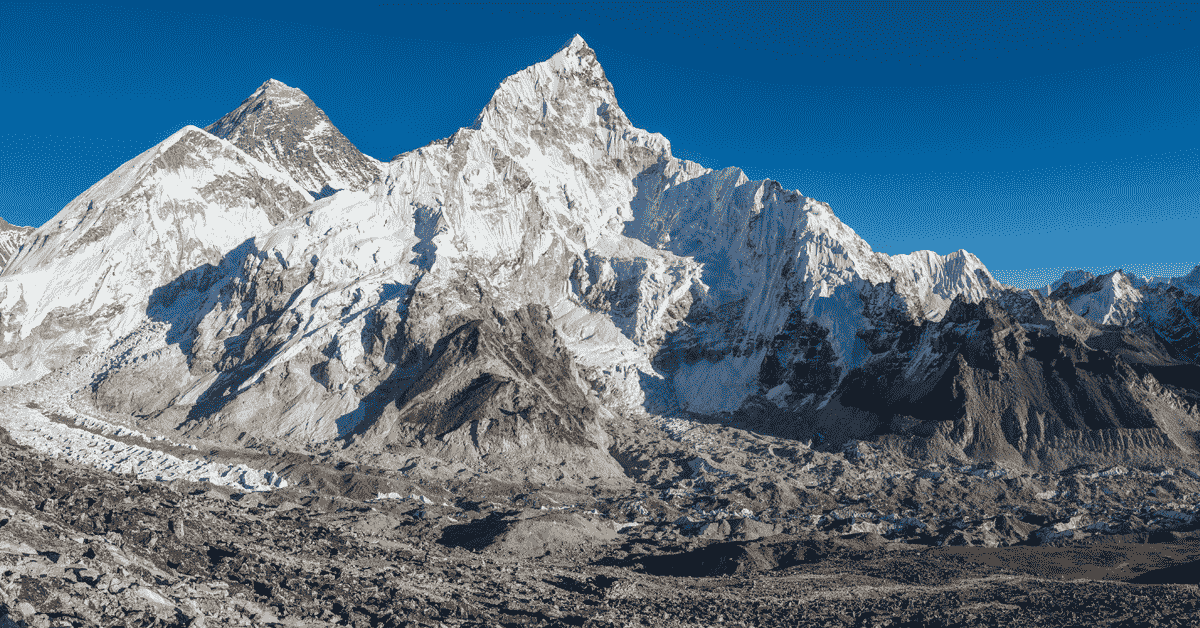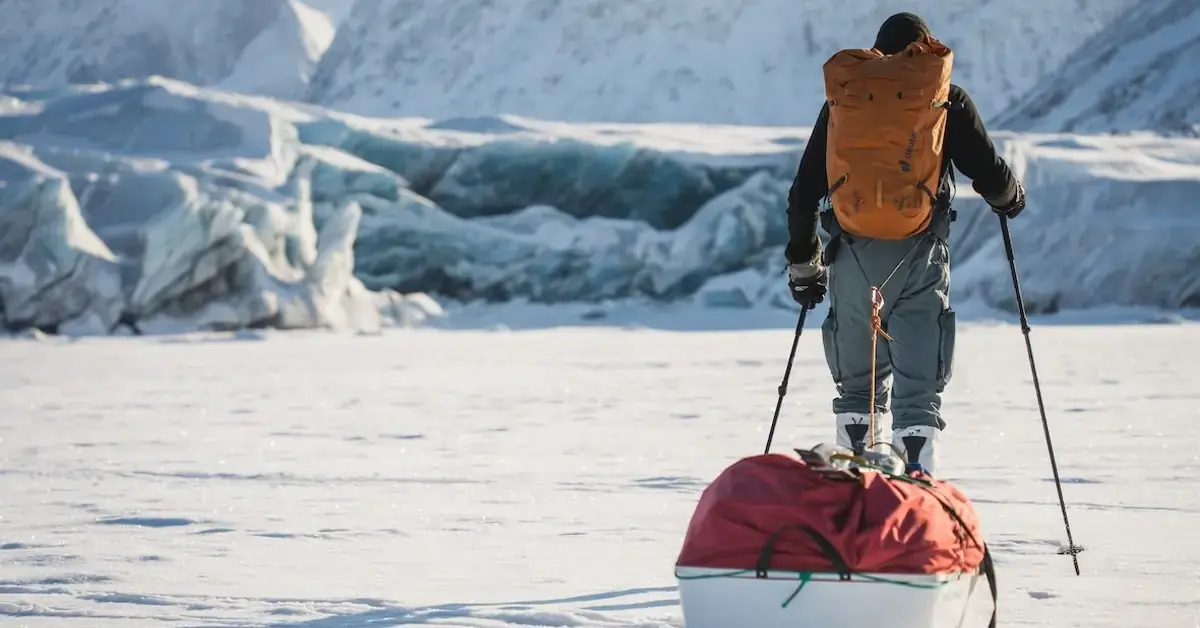Ready to Climb Kilimanjaro? Essential Gear for Mt. Kilimanjaro
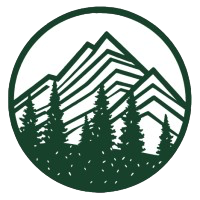
Gearchecker
9 months ago
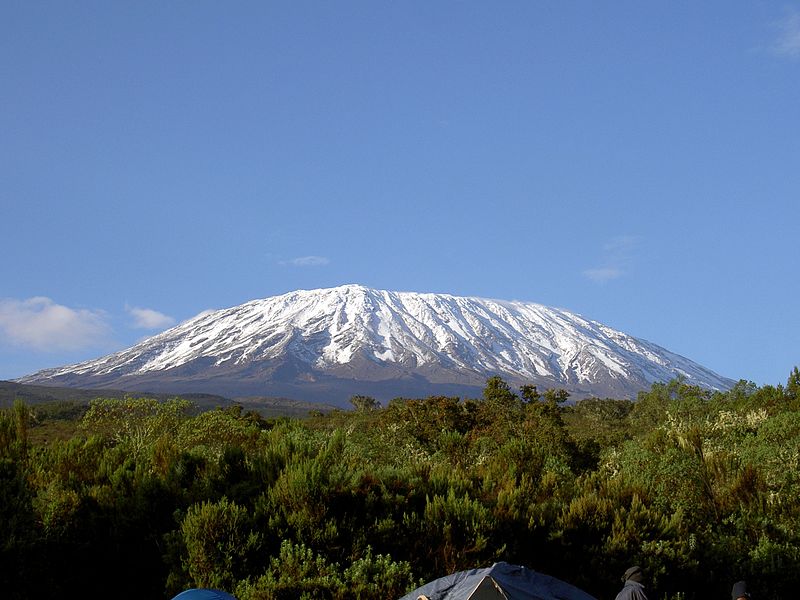
Mount Kilimanjaro Overview
Kilimanjaro is the highest mountain in Africa and the tallest freestanding mountain in the world. Climbing Mount Kilimanjaro is an adventure of a lifetime. Standing at 19,341 feet, Kilimanjaro is the highest peak in Africa.
Best Time to Climb Kilimanjaro: The best time to climb Kilimanjaro is during the dry seasons, from December to March and from June to October. These months offer the best visibility to climb.
Kilimanjaro Routes: There are several routes to choose from, the most popular routes are the Lemosho Route, the Machame Route, and the Marangu Route.
Packing List for Kilimanjaro: Proper preparation is crucial, and having the right gear can make the difference between a successful summit and a challenging trek.
Here’s a guide on the essential gear you will need for climbing Kilimanjaro.
Best Backpack for Climbing Mount Kilimanjaro
Your backpack is one of the most important pieces of gear. It should be large enough to carry your daily essentials but not so big that it becomes a burden.
What to Look For in a Backpack
Capacity: A 30-40 liter day pack is ideal.
Comfort: Look for padded shoulder straps and a hip belt.
Features: Multiple compartments, hydration system compatibility, and rain cover.
What Kind of Hiking Boots to Wear on Kilimanjaro?
Footwear is critical when trekking up Kilimanjaro. The right boots will protect your feet, provide support, and keep you comfortable.
Features of Good Hiking Boots:
Waterproof: Waterproof boots keep your feet dry in wet conditions.
Support: High ankle support helps prevent sprains.
Comfort: Ensure your boots are well broken in before the trek.
Insulation: Insulated boots are necessary for higher altitudes.
Clothing for Climbing Mount Kilimanjaro
The weather on Kilimanjaro can vary dramatically. Layering your clothing is the best way to stay comfortable throughout your trek.
Clothing Layers:
Base Layer: Moisture-wicking thermal underwear.
Mid Layer: Fleece or a down jacket for insulation.
Outer Layer: Waterproof and windproof jacket and pants.
Additional Clothing:
Hiking Pants and Shorts: Convertible pants are a good option.
T-shirts and Long-Sleeve Shirts: Breathable and moisture-wicking fabrics.
Socks: High-quality, moisture-wicking hiking socks.
Best Trekking Poles for Climbing Mount Kilimanjaro
Trekking poles can provide extra stability and reduce the impact on your knees, especially during descents.
Features to Look For:
Adjustability: Telescoping poles are ideal for varying terrain.
Weight: Lightweight poles are easier to handle.
Grip: Comfortable grips reduce hand fatigue.
Required Tent for Climbing Mount Kilimanjaro
If you’re planning a trek that requires your gear, a good tent is essential. Most guided treks provide tents, but it’s good to know what to look for if you’re bringing your own.
Tent Features:
Durability: Strong materials that can withstand harsh weather.
Weight: Lightweight but robust.
Space: Enough room for you and your gear.
Ventilation: Good airflow to prevent condensation.
Required Sleeping Bag for Climbing Mount Kilimanjaro
Nights on Kilimanjaro can be extremely cold, so a high-quality sleeping bag is crucial.
Sleeping Bag Features:
Temperature Rating: A sleeping bag rated for at least -10°C (14°F).
Insulation: Down is lightweight and warm, but synthetic is better in wet conditions.
Size and Weight: Compact and lightweight for easy transport.
Required Electronics for Climbing Mount Kilimanjaro
While you’re on the mountain, staying connected and capturing memories is important. Here are some electronics to consider:
Essential Electronics:
Camera: For capturing the stunning views.
GPS Device: Helpful for navigation.
Headlamp: Essential for early morning starts and evening tasks.
Solar Charger: Keeps your devices charged without access to electricity.
Additional Tips for Mount Kilimanjaro Climbing Adventure
Hydration System: Staying hydrated is vital at high altitudes. A hydration bladder allows you to sip water easily as you hike.
Sun Protection: The sun can be intense at high altitudes. Bring sunglasses, a wide-brimmed hat, and sunscreen with high SPF.
Personal Hygiene: Biodegradable wipes and hand sanitizer help you stay clean. Consider a portable toilet system if your trek doesn’t provide facilities.
First Aid Kit: Include basic first aid items like bandages, antiseptic wipes, pain relievers, and blister treatments.
Snacks: High-energy snacks like nuts, dried fruit, and energy bars can keep you fueled between meals.
Conclusion
Climbing Kilimanjaro is an incredible experience, but it requires careful preparation. Having the right gear, from the best backpack to the warmest sleeping bag, can make your trek more comfortable and increase your chances of reaching the summit.
Remember to break in your gear, especially your hiking boots, well before your trip to avoid discomfort. With the right equipment and a positive mindset, you’ll be well on your way to conquering Africa’s highest peak.
FAQs
How much do Kilimanjaro climbing tours cost?
Expect to pay between $3,000 and $6,000 for a Kilimanjaro climbing tour.
Best sleeping bag for Kilimanjaro climb by temperature rating?
Aim for a -10 to -15°C comfort rating sleeping bag for Kilimanjaro.
What medications to pack for Kilimanjaro altitude sickness?
Acetazolamide (Diamox), speeds up how fast your body gets used to the higher altitude.
Best gear for Kilimanjaro summit night?
The essential gear you need for Kilimanjaro summit night: warm layers, headlamp, sunglasses, and trekking poles.
Which is the biggest challenge of climbing Kilimanjaro?
The biggest challenge for climbers on Kilimanjaro is dealing with altitude sickness.
Lemosho route Kilimanjaro distance?
The Lemosho Route on Kilimanjaro is roughly 70 kilometers (42 miles) long, you can choose the 7-8 day options.
